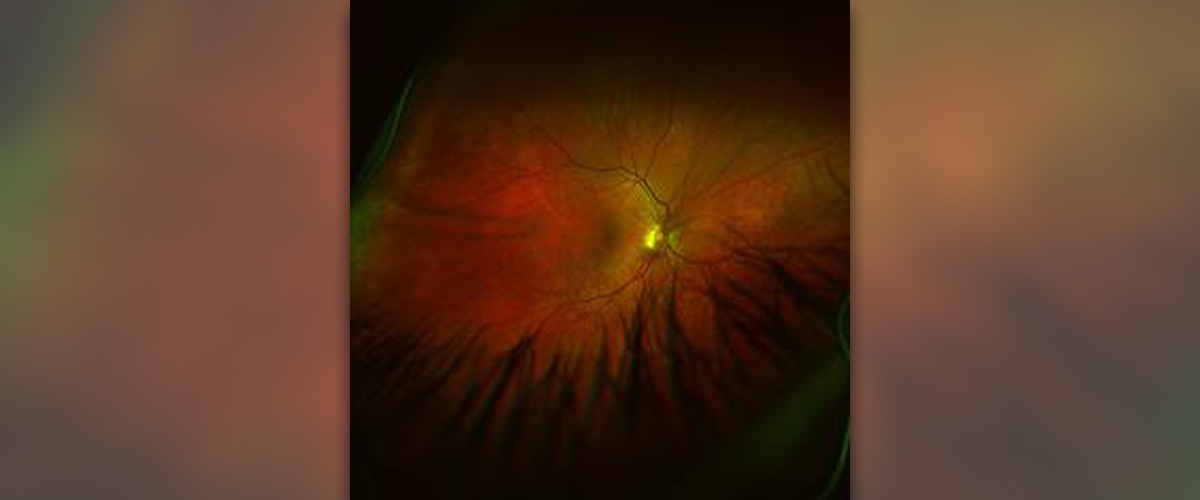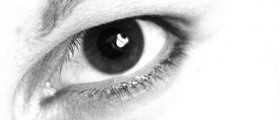
Grave's disease is an autoimmune condition primarily affecting the thyroid gland but with many different manifestations throughout the body as well. In people suffering from Grave's disease, there is excess of thyroid hormones in the blood, which may have many detrimental effects, if the condition is left untreated.
Namely, these hormones, if present in large amounts, increase metabolism and subsequently lead to fast pulse/heartbeat, palpitations and high blood pressure. There is also profuse sweating, irritability, fatigue, weight loss and heat intolerance. Hair loss and alteration is hair quality may occur as well.
The eyes of individuals with Grave's disease seem to be quite vulnerable because autoimmune bodies tend to affect the eye muscles and connective tissue of the eye socket. This damage develops because the mentioned tissues are similar to the thyroid gland when it comes to the presence of certain proteins.
It is estimated that around 10-20% of all patients suffering from Grave's disease eventually develop some eye problems and may also develop a severe sight threatening disease.
Grave's Disease and Ocular Manifestations
If abnormal antibodies start to attack the eye muscles and connective tissue of the eye socket, patients eventually start complaining about swelling of the eyelids, dry eyes, a sensation of grit/irritation to the eye, watering and redness of the eyes and sensitivity to light. Furthermore, there is a constant stare, eyelid retraction, double vision, loss of vision and a feeling of pressure in the eye sockets.
More severe cases of Grave's eye disease are characterized by corneal ulcerations and damage to the optic nerve. The eyes start to protrude and bulge forward while scarring of the eyelids may cause eyelid retraction. Characteristic appearance of the eyes of the affected individuals is also a consequence of inflammation, thickening and scarring of the optic nerve at the back of the socket.
Treatment Options
Inadequate balance of thyroid gland must be brought under control as soon as possible. This is achieved with some drugs that suppress the production of thyroid hormones, radioactive iodine or surgical resection of the thyroid gland (partial or total). After these treatments most patients may need to take hormone replacement therapy for the rest of their lives.
When it comes to Grave's eye disease, the condition requires proper monitoring and treatment prescribed by a well experienced ophthalmologist. Treatment generally includes two phases. The first one includes treatment for the active disease that attacks the eyes. It lasts several years and comprises careful monitoring, preservation of eyesight and corneal integrity as well as active treatment for double vision and dry eyes.
Furthermore, progressive protrusion of the eyeballs requires Prednisone and radiation therapy. Surgery is used for decompression of the optic nerve and may efficiently return the eye to a normal position within the socket.

















Your thoughts on this
Loading...